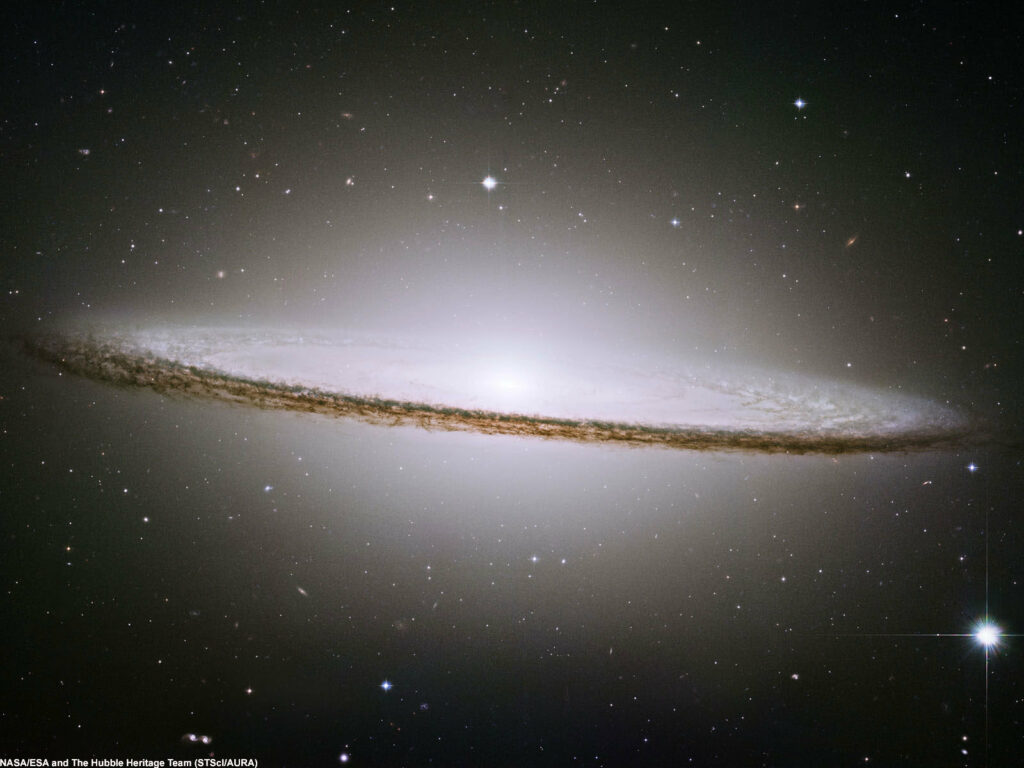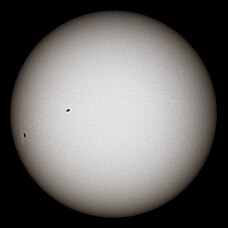|
<p>An artist's rendering shows a <a href="http://science.nationalgeographic.com/science/space/solar-system/neutron-stars">neutron star</a>—located 50,000 light-years from Earth—that flared up so brightly in December 2004 that it temporarily blinded all the x-ray satellites in space Show
Top 1: Everything you wanted to know about stars - National GeographicAutora: nationalgeographic.com - 119 Avaliação
Descrição: <p>An artist's rendering shows a <a href="http://science.nationalgeographic.com/science/space/solar-system/neutron-stars">neutron star</a>—located 50,000 light-years from Earth—that flared up so brightly in December 2004 that it temporarily blinded all the x-ray satellites in space
Resultados de pesquisa correspondentes: 20 Mar 2019 · Stars are huge celestial bodies made mostly of hydrogen and helium that ... Ancient cultures looked to the sky for all sorts of reasons.20 Mar 2019 · Stars are huge celestial bodies made mostly of hydrogen and helium that ... Ancient cultures looked to the sky for all sorts of reasons. ...
 Top 2: What Do Stars Look Like Up Close? - Little PassportsAutora: littlepassports.com - 128 Avaliação
Descrição: The Color of the Stars. What Color Are. the Hottest Stars?. What Color Are the Coolest Stars? Up close, stars look like enormous balls of brightly glowing gas, shrouded in wispy trails of glowing smoke. Imagine a huge smoky balloon with a popcorn-like texture, lit from inside, that steams and spins
Resultados de pesquisa correspondentes: Up close, stars look like enormous balls of brightly glowing gas, shrouded in wispy trails of glowing smoke. Imagine a huge smoky balloon with a ...Up close, stars look like enormous balls of brightly glowing gas, shrouded in wispy trails of glowing smoke. Imagine a huge smoky balloon with a ... ...
 Top 3: This is How a Star Looks Through a Telescope (With Photos)Autora: littleastronomy.com - 123 Avaliação
Descrição: What can you expect to see through a telescope. Photos of stars though a home telescope. Photos of stars through professional telescopes and the Hubble When I first wanted to get into stargazing and astronomy one of the first things I was curious about was how different do stars look through a tele
Resultados de pesquisa correspondentes: 27 Mar 2022 · A telescope reflects the light that is captured by the front mirror into one or multiple lenses inside the body of the device. This flips the ...27 Mar 2022 · A telescope reflects the light that is captured by the front mirror into one or multiple lenses inside the body of the device. This flips the ... ...
Top 4: What Do Stars Look Like? - SciencingAutora: sciencing.com - 94 Avaliação
Descrição: The Filter of the Atmosphere. Stars Have Different Colors. Stars Are Different Sizes. Apparent and Absolute Magnitude "Twinkle, twinkle little star" is an enchanting recitation for children, but it contains two misconceptions that attest to the fallibility of Earth-based observation. First, stars a
Resultados de pesquisa correspondentes: 24 Apr 2017 · Viewing the stars from Earth is a bit like looking at them through a a water filter because, compared to the emptiness of space, the atmosphere ...24 Apr 2017 · Viewing the stars from Earth is a bit like looking at them through a a water filter because, compared to the emptiness of space, the atmosphere ... ...
 Top 5: Star - WikipediaAutora: en.wikipedia.org - 50 Avaliação
Descrição: Formation and evolution. Nuclear fusion reaction pathways A star is an astronomical object comprising a luminous spheroid of plasma held together by its. gravity. The nearest star to Earth is the Sun. Many other stars are visible to the naked eye at. night, but their immense distances from Earth make
Resultados de pesquisa correspondentes: A star is an astronomical object comprising a luminous spheroid of plasma held together by its gravity. The nearest star to Earth is the Sun.A star is an astronomical object comprising a luminous spheroid of plasma held together by its gravity. The nearest star to Earth is the Sun. ...
 Top 6: Stars | Science Mission DirectorateAutora: science.nasa.gov - 113 Avaliação
Descrição: Stars and Their Fates Stars are the most widely recognized astronomical objects, and represent the most fundamental building blocks of galaxies. The age, distribution, and composition of the stars in a galaxy trace the history, dynamics, and evolution of that galaxy. Moreover, stars are responsible
Resultados de pesquisa correspondentes: Stars are born within the clouds of dust and scattered throughout most galaxies. A familiar example of such as a dust cloud is the Orion Nebula. Turbulence deep ...Stars are born within the clouds of dust and scattered throughout most galaxies. A familiar example of such as a dust cloud is the Orion Nebula. Turbulence deep ... ...
|

Postagens relacionadas
Publicidade
ÚLTIMAS NOTÍCIAS
Publicidade
Populer
Publicidade

direito autoral © 2024 cemle Inc.




























